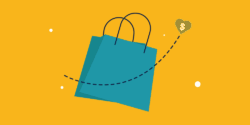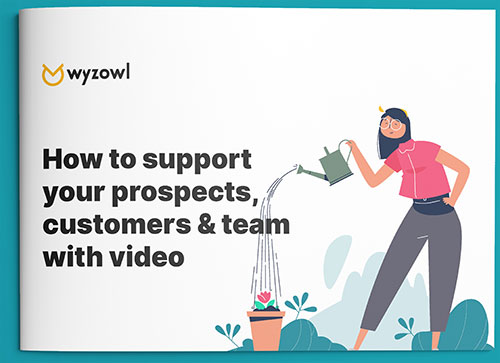Last updated on 1st November 2022
Customer engagement, in simple terms, means an emotional connection between a product or service and its users.
If you invest in engagement, you’ll notice customers that stick around for longer because they enjoy using your brand, product, or service.
In this article, we’re going to take a look at 10 brilliant customer engagement strategies you can implement right away…
1. Personalise user experience by gathering more info during onboarding
Let’s face it. It’s time to stop talking about personalisation as a ‘nice to have.’ These days, personalisation is expected. It’s a part of our everyday lives, from Amazon personalising the recommended products we see:
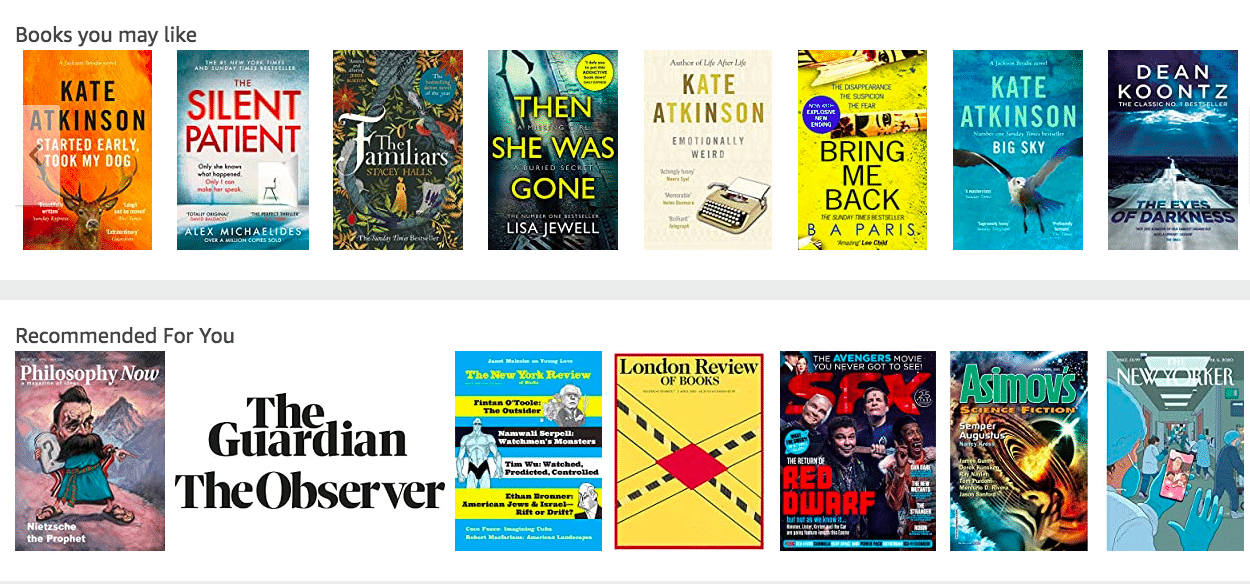
To Netflix suggesting shows we would like based on our preferences:

According to a recent report by SmarterHQ, 72% of consumers only engage with marketing messages that are customised to their specific interests. And 80% of those who classify themselves as frequent shoppers say they only shop with brands who personalise their experience.
So personalisation is really, really important. And it should start from the moment customers first engage with your brand.
Onboarding is typically used for information gathering anyway, so by making a couple of tweaks to your existing onboarding process you could learn things about your new customers that could help you personalise their experiences.
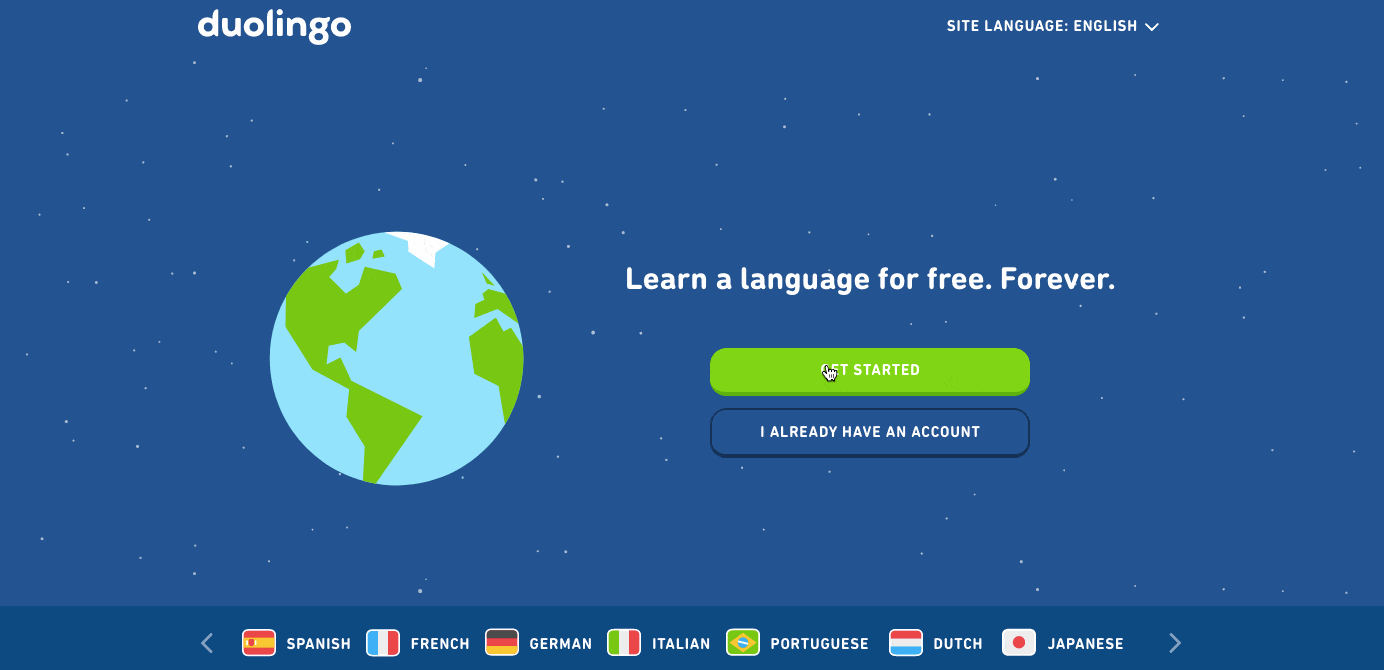
Take a look at this example from Duolingo, a language-learning platform:This information mean seem arbitrary on the surface, but in just a couple of clicks Duolingo knows:
- WHY the customer is learning a new language, and
- WHAT the customer’s daily goal is.
With this information, the platform can segment new users and create tailored learning materials, for example a 15 minute lesson on asking for directions.
This will help to keep new customers engaged because every material they see from Duolingo will be relevant and personal to them.
2. Bolster your onboarding process with a ‘fresh eye walkthrough’
When customers start to disengage with your product, app, or service, it can be difficult to pinpoint a reason.
According to our customer onboarding survey, 8 in 10 users have deleted an app because they didn’t know how to use it.
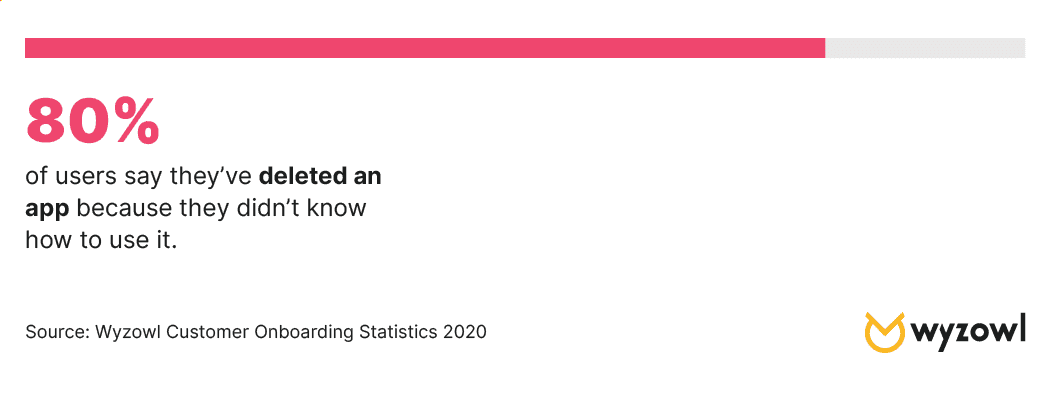
Additionally, 55% of people say they’ve returned a product because they didn’t fully understand how to use it.
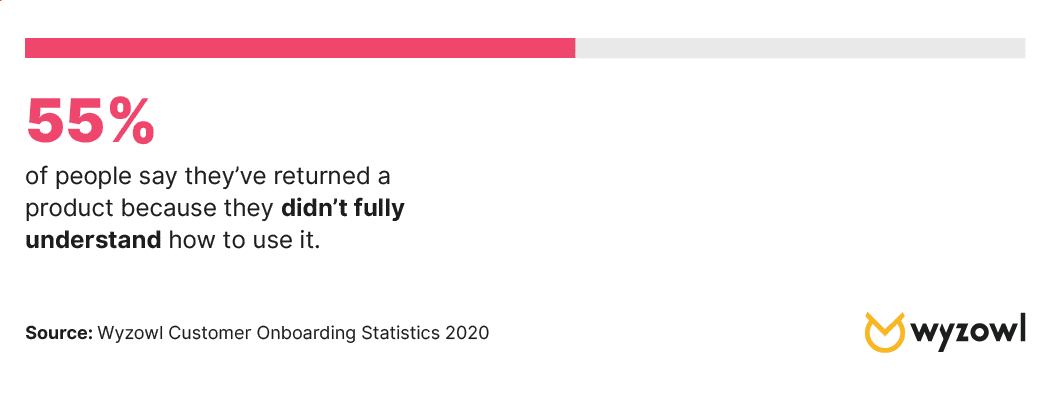
If you want to improve customer engagement, you need to start at the very beginning by ensuring that your customers know the full value of what you have to offer.
When you’re so close to your product or service, it can be difficult to highlight all of the important points you need to cover when onboarding new customers – because using your product or service is likely second nature to you.
However, as established, onboarding is vital for creating a great first impression for new customers and also for engagement throughout the customer lifecycle.
So, when it comes to creating your onboarding process, try thinking about it with ‘fresh eyes’.
Look at your product as though you’ve never seen it before.
Approach your service or app as though it’s completely alien to you.
You could also ask family and friends to complete the walkthrough – and give you honest feedback. To take this further, you can use a user testing tool to outsource more users, like Userbrain.
This will help you figure out what’s needed to hook and engage new customers.
3. Use video in your onboarding (and beyond)
In order to get customers to complete your onboarding process, you need to make it exciting for them.
Video is a great tool for this.
A staggering 97% of people think that video is an effective tool to welcome and educate new customers. And 65% of customers say video is their favourite way to get to know how to use a product or service.
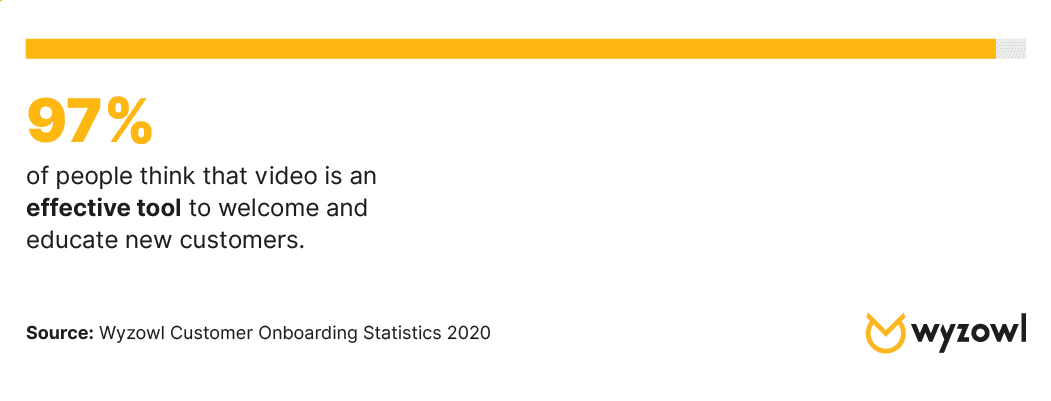
So it should be no surprise that customer onboarding videos are extremely popular right now.
An onboarding video will help educate and engage your customers, while visually showing them all of the great features that your product, service, or app has to offer. Take a look at this example from Capital on Tap:
In less than a minute, thanks to some engaging visuals, new customers know exactly how to activate their card and start getting the most out of the service.
Of course, video isn’t just great for onboarding – you can use it as a tool for engagement at any point throughout the customer journey!
Take Headspace, for example. Headspace is a meditation app that uses video to onboard customers:
However, meditation is a difficult practice to maintain. Knowing this, Headspace has created a library of videos to keep customers engaged and empower them to continue using the platform.
4. Survey and listen to your audience
Okay, enough about onboarding. What about your existing customers?
You can’t reonboard them, but you can survey them.
Surveying your existing customers will allow you to find out more about them and their relationship with your brand, product or service. You can find out their likes, their dislikes, what’s important to them, and so on!
Using SurveyMonkey, you can create a simple survey and send it out to your users in minutes. Here’s a quick example we made using a Customer Satisfaction template:
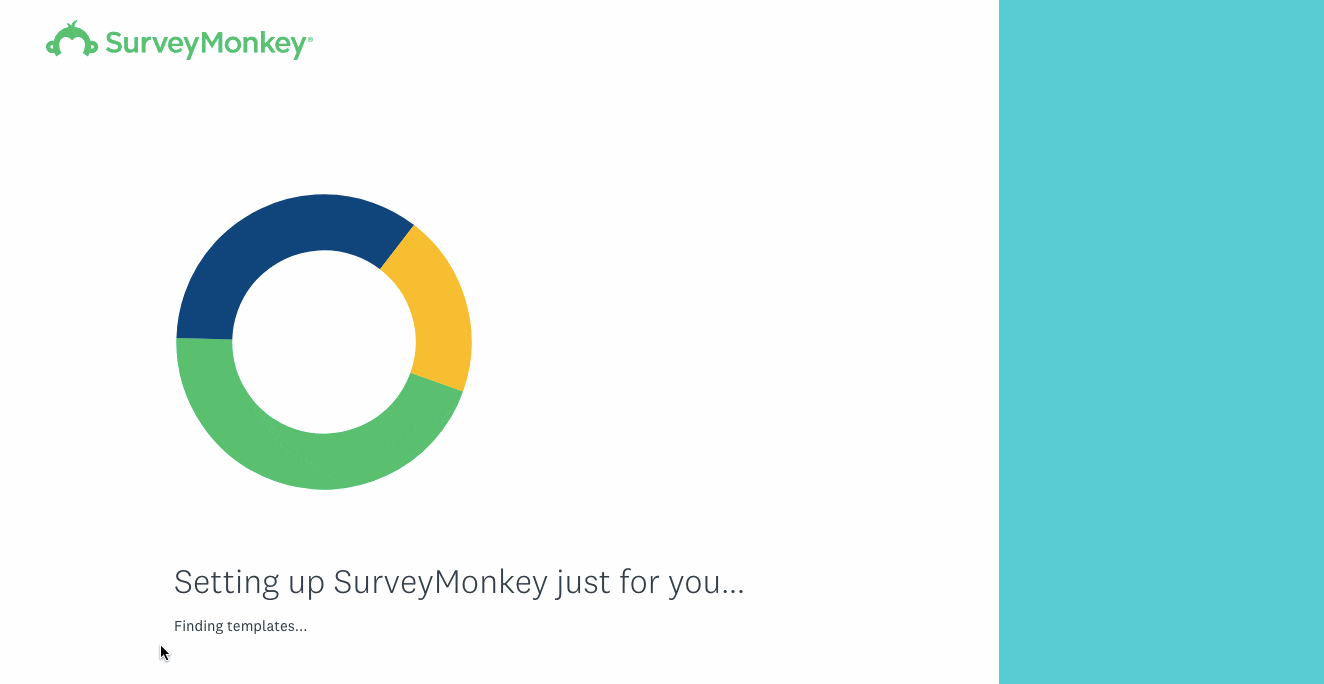
As you can see, SurveyMonkey does a lot of the heavy lifting. All you need to do is personalise your survey and send it out.
Top Tip: If you want to increase the number of responses you receive, it helps to add an incentive – like a voucher or coupon code!
Of course, the hard work doesn’t end there. You’ll need to implement the changes gathered from your survey and let your customers know about it.
It’s the old ‘you asked, we listened’ trick. If you want to increase engagement then it’s important to show your customers that you care about their opinions and that they can make a difference to your brand, product, or service.
5. Invest in analytics
As the old saying goes: You can’t improve what you don’t measure.
In recent years there has been an explosion in analytics tools that can help you get to the bottom of what’s really happening with your app or website.
There’s software like Google Analytics that can show you a complete overview of the activity on your web pages..
There’s also heatmap tools, like Crazy Egg, that give you a visual of what your site visitors are doing and where they are clicking:
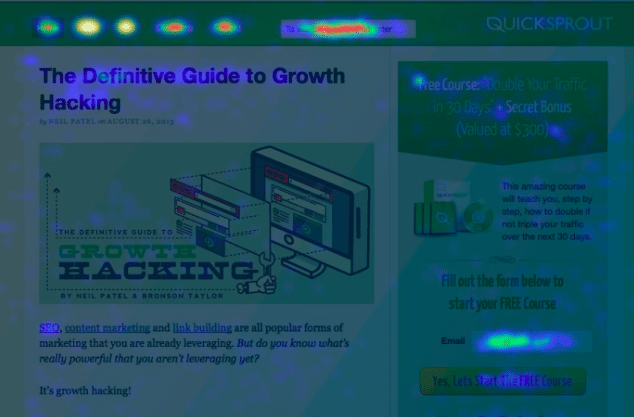
Or you can go even further with session recording analytics, such as Mouseflow. This allows you to review anonymized recordings of the activity from your site viewers – kind of like CCTV!
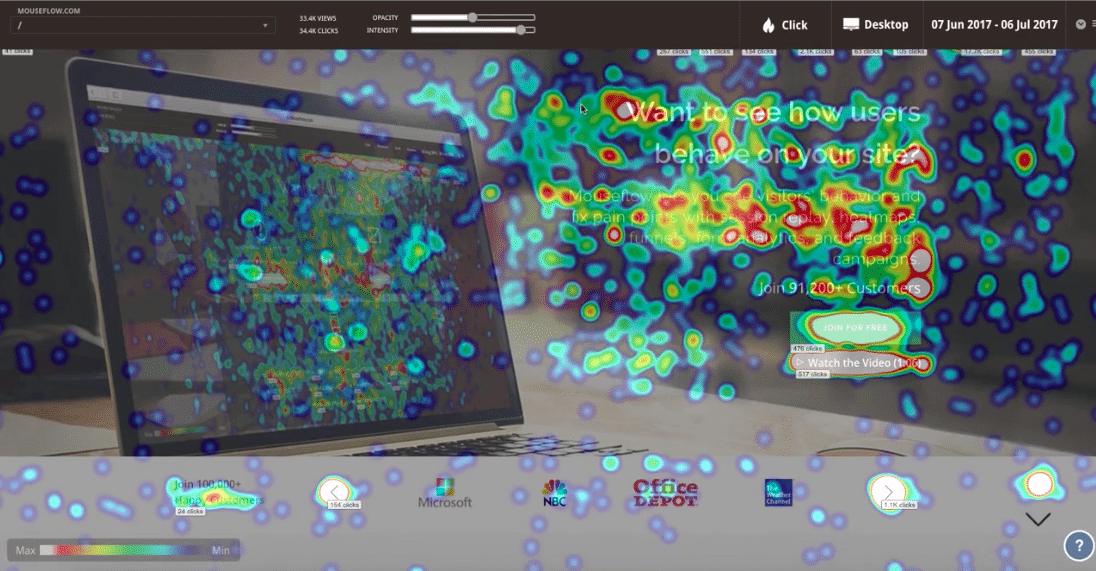
If you really want to get to the bottom of why your customer engagement is low then block out an hour to research some of these tools.
This list from TrustRadius is a great place to start.
6. Go the extra mile with support query follow ups
Increasing customer engagement isn’t always about implementing new strategies. Sometimes it pays to make small tweaks to what you’re already doing.
Take customer support, for example. At the very least, most companies will typically respond to support queries in a timely manner, resolve them, and close them.
Now, there’s certainly nothing wrong with that…
…but there’s always room for improvement.
Try taking a look over your most recent customer support queries and see if there was anything more you could have done to engage customers.
It can be as simple as following up later down the line to ask if your support was helpful to the customer:
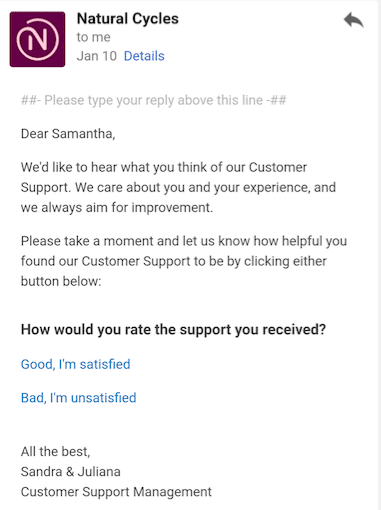
Also – if you’re not already – consider offering omnichannel support. According to research by HubSpot, customers want to communicate with customer service teams in a variety of ways, with 62% opting for email, 48% preferring phone calls, and 42% favouring live chat.
7. Create and host a webinar
Now, this may sound a little scary. But sometimes stepping out of your comfort zone is a great way to reach new people – and if you want to increase engagement then you need to think of ways you can offer more value to your customers.
So, think about the number one topic that you have expertise on. What are you an expert of?
Whatever you answer that question with – that’s the topic you should host a webinar for.
To get started, you’ll need to create a slide deck and use a video conferencing tool like Zoom or ClickMeeting to bring it all together.
Then you’ll need to create a landing page, like this one:
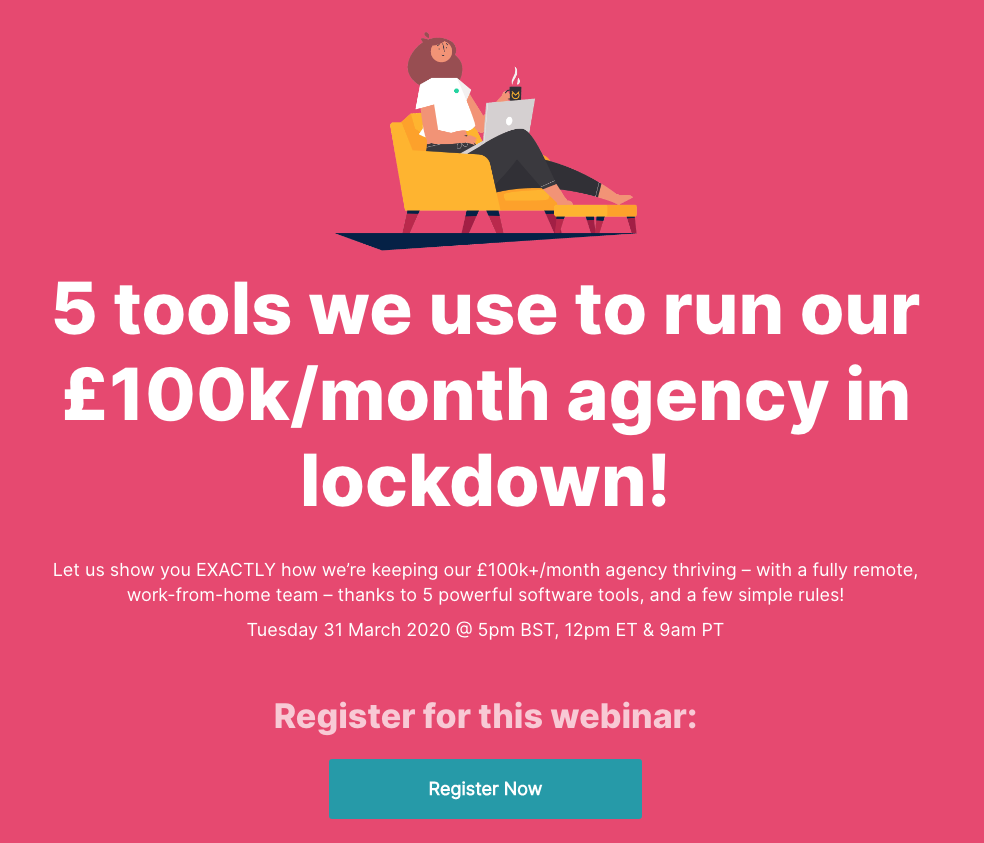
And promote your webinar to your audience – through social media or email, or however you typically engage with your audience:
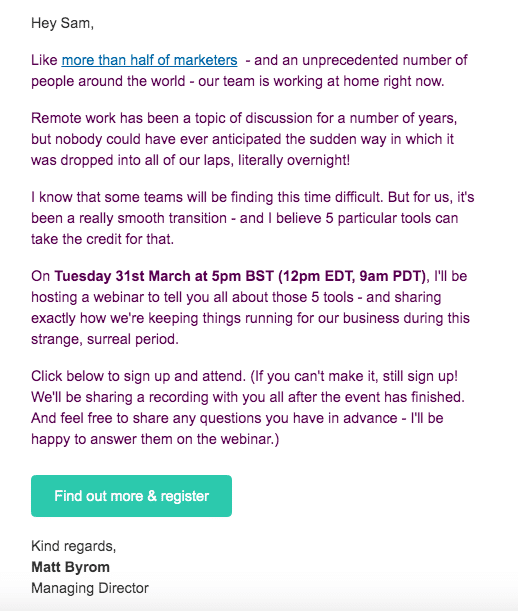
Everyone that turns up to your webinar, whether they’re an existing customer or not, will be engaging with your brand in a new and exciting way.
And this could help you stay at the forefront of their minds when they’re next looking for something like your product or service.
8. Create a customer spotlight/case study
Showing your customers you care is one of the simplest (and most effective) customer engagement strategies around.
You can do this by running a spotlight on one of your customers. Invite them to talk about their positive experiences with your brand in a customer testimonial or case study video, like this one here with our client, Configit:
You can even offer your customers incentives for participating in these studies.
Customer spotlights are great because they not only strengthen your relationship with your existing customer, they also promote your brand to potential customers.
According to our testimonials survey, 2 out of 3 people say they’d be more likely to make a purchase after watching a testimonial video demonstrating how a business, product, or service helped someone like them.
In other words, potential customers will see themselves in your current customers and be more likely to jump on board!
9. Re-engage
Yep, that’s right. There’s even a customer engagement strategy for customers who churned!
Churned customers are extremely valuable because they did want your product, service, or app at some point – and they may want it again. All you need to do is find out more about why they went off the radar.
A great way to re-engage past customers is through email. And this can start from the moment they stop becoming a customer.
Make it clear in your farewell email that you valued their custom and would love them to come back:
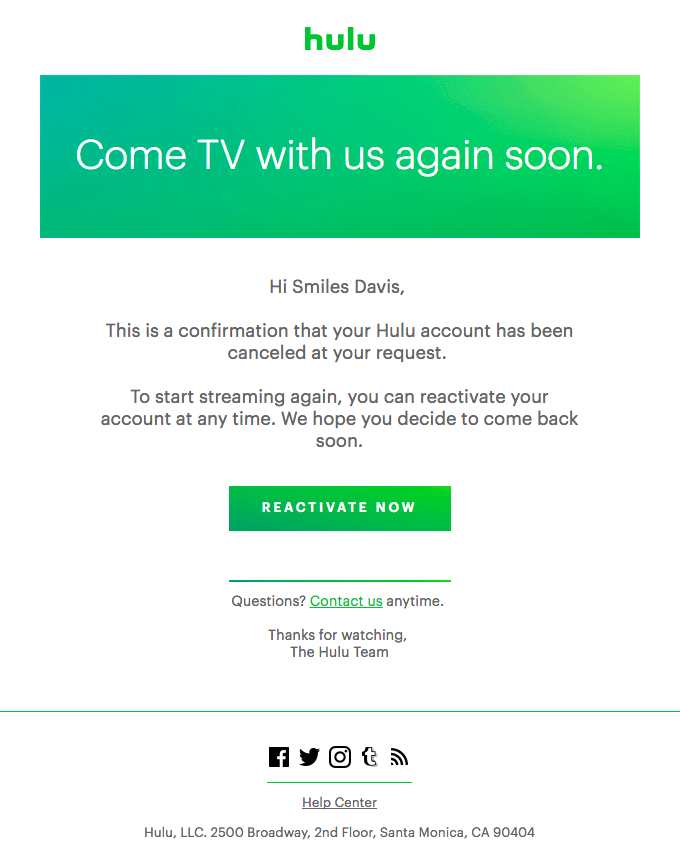
You should also ask churned customers for their feedback. You may uncover a reason that is causing lots of customers to leave. If you do, it’s important to implement their feedback and let them know. Here’s an example:
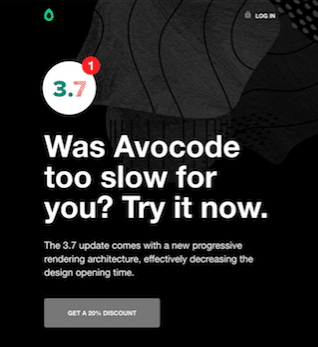
One of the best ways to re-engage customers is to offer them an incentive. A little something that shows you appreciate them and rewards them for being customers. Here’s an example from Blue Apron:

This email reminds customers why they signed up in the first place and also entices them back with an amazing offer.
10. Communicate regularly.
Engagement shouldn’t be a one-sided thing. Sometimes you’ve got to make the first move.
Communicating with your customers regularly is a great way to say: “Hey! I’m still here.”
You can do this by updating customers on new features or product updates, like this email from the personal budgeting app, Pennies:
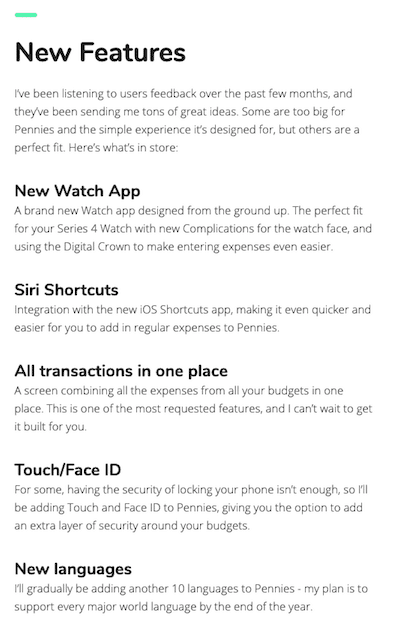
Or even just with some handy tips that will help customers get more out of your product or service:
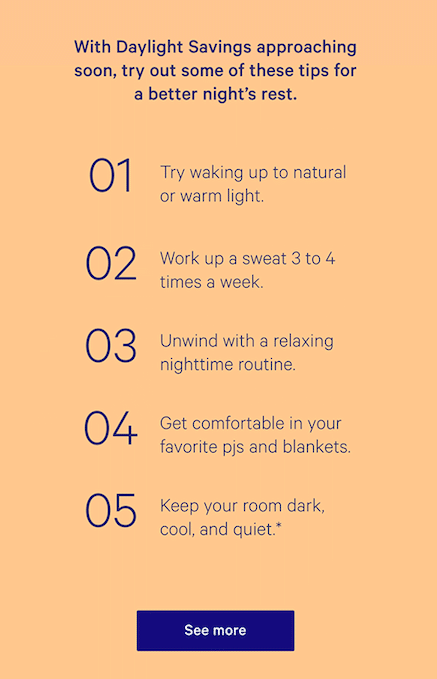
Push notifications are also awesome for regular communication with your customers and can encourage them to engage with your app:
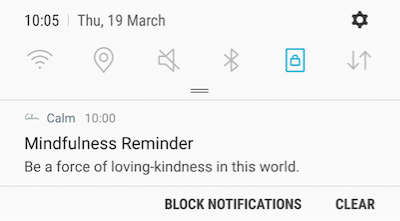
Final thoughts
So, there you have it! 10 easy-to-implement customer engagement strategies that will plug the hole in your bucket so you can concentrate on filling it up!
Ready to get started?
Check out our Onboarding page for more information on how to engage new customers with onboarding videos.


